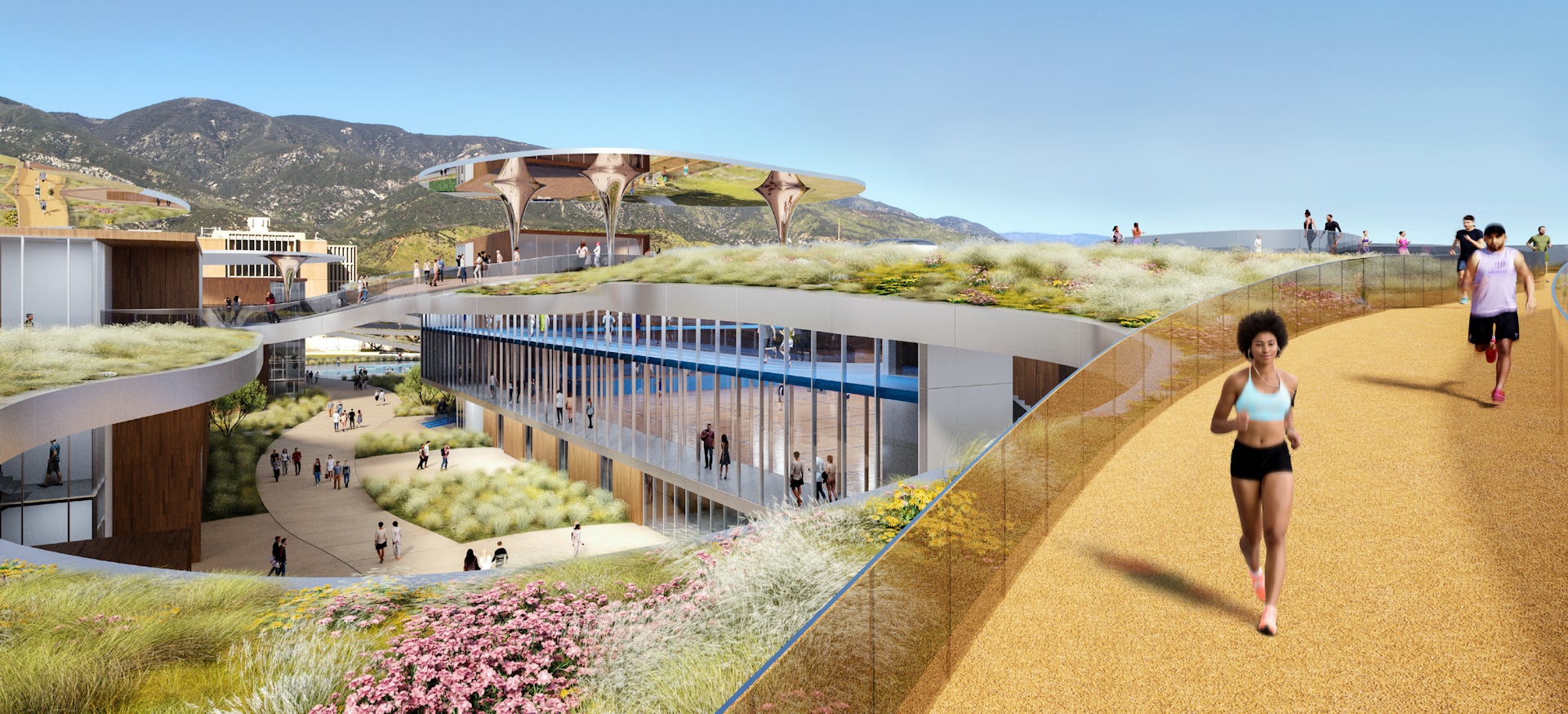Merging health and wellness facilities can improve care, create efficiencies and inspire lifelong well-being in students.
by Arash Izadi, Director of Sport + Recreation, and Muhsin Lihony, Director of Healthcare
As universities wrestle with better ways to attract students and holistically meet their evolving needs, health and wellness facilities should be at the top of the agenda.
In recent years, our healthcare and sport + recreation practices have been exploring the different ways facilities can be combined to increase efficiency, better deliver services, and address the pressing need to improve the long-term preventative care model for students. We hear recurring questions from university leaders: How can we promote lifelong wellness in students? How can we make health and wellness part of their daily life? How can we attract students and keep them on campus through the end of their education journey?
A new model for facilities combining health and recreation would help schools address the health and wellness needs of students in a more versatile and inclusive environment. It would also allow universities to offer more services, expand partnerships and find ways to attract nontraditional users.
On several recent projects we’ve explored this concept of a combination facility, including a complex currently in development for the Redding Rancheria tribes in northern California. The Redding Rancheria Tribal Health Village will combine a 70,000-square-foot outpatient clinic with a 90,000-square-foot wellness center, including a gymnasium, fitness and training spaces, natatorium, outdoor swimming pools, and hydro and physical therapy facilities. By bringing health and wellness elements together under one roof, the facility addresses the tribe’s holistic goal of providing a continuum of care to its community members.
On the campus of California State University, Northridge, we worked with the university to develop the Oasis Center, a wellness facility with treatment rooms, respite areas and nap pods, which was connected to a new recreation center. Designed to complement the adjacent Student Recreation Center, the Oasis provides intimate and contemplative environments, as well as health resources for the university’s 42,000 students. An outdoor garden with shaded lounge areas, sculpture garden, fireplace and labyrinth support the tranquil atmosphere of wellness and healing. After the Center opened, the university was able to track measurable results in the student body, as the facility became a new “living room” for the campus.
...















